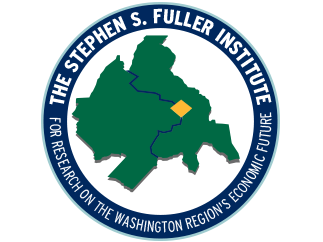Download the Full Report
The Washington Leading Index, which is designed to forecast the performance of the metropolitan area economy six to eight months in advance, increased in February gaining 2.5 percent from February 2017, building on January’s increase of 1.8 percent. The Leading Index had been positive in eleven of last year’s twelve months, the only exception being December’s decline that was likely linked to severe weather and the continuing budget impasse that threaten a federal government shutdown. This overall strong performance in 2017 has now continued through the first two months of 2018 and points to the region’s continued economic expansion through at least the third quarter of 2018.

The Index’s positive performance in February was broad-based with three of its four components contributing to its gain with an especially strong performance for initial unemployment claims that declined (improved) 18.4 percent for a second consecutive month of double-digit improvement:
- Total residential building permits rebounded 80.4% in February after declining 1.8% in January;
- Consumer expectations (consumer confidence six months hence) registered a 7.9% gain in February slowing its long-term upward trend; and,
- Initial claims for unemployment insurance decreased 18.4% (improved) continuing its favorable trend from January; while,
- Durable goods retail sales decreased 1.0% between February 2017 and February 2018 for its first decline in more than a year.
Whether the Washington region’s economy can sustain growth rates that parallel the U.S. GDP growth or exceed these after 2019 will depend on the economy’s continuing diversification into non-federal markets in combination with federal spending that at least maintains its current trajectory of small annual increases. With the possibility of larger annual federal spending levels under the newly approved federal spending plans for 2018 and 2019, the Washington region’s economy would appear well-positioned to outperform the U.S. GDP growth rate into the early 2020s.
This graphic ran in the Washington Business Journal in the April 27, 2018 edition. The graphic was prepared by the Washington Business Journal using data supplied by the Institute.
